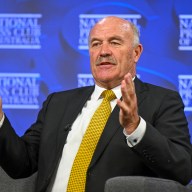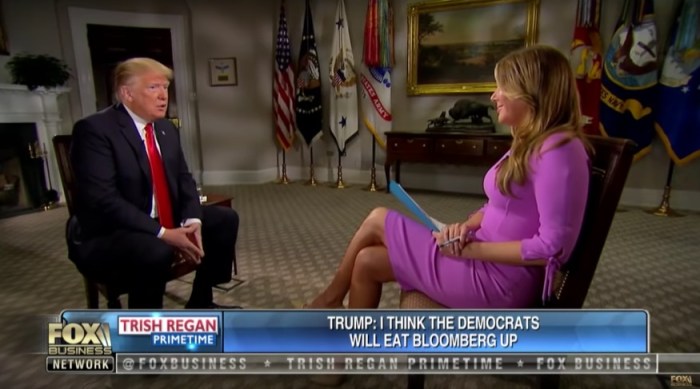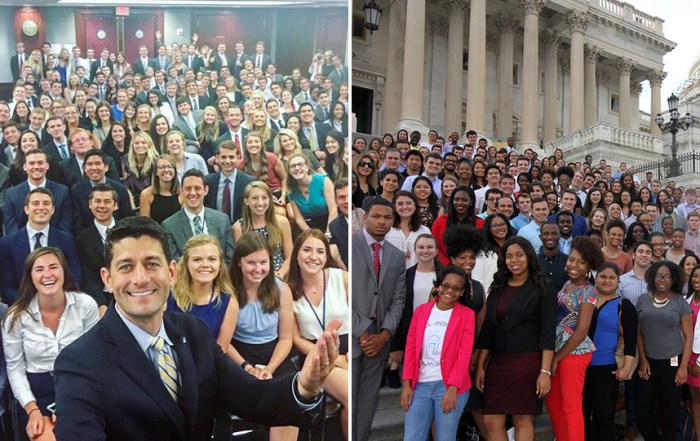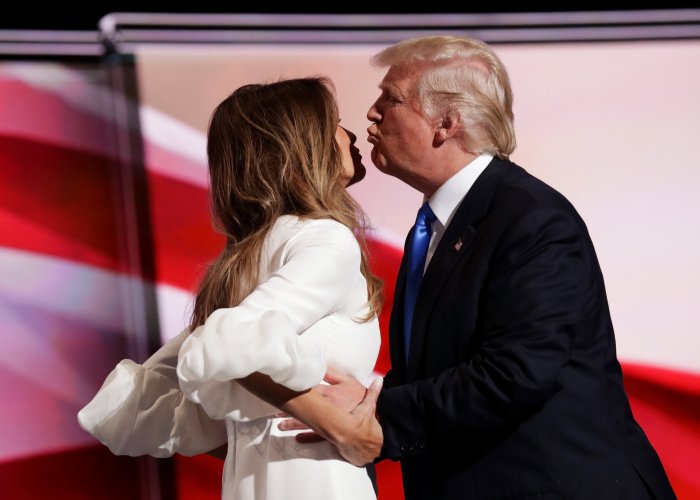President Donald Trump and his fellow Republicans who control Congress face their first major budget test next week, with the threat of a U.S. government shutdown potentially hinging on his proposed Mexican border wall as well as Obamacare funding.
With Republicans controlling the White House and both chambers of Congress, keeping the federal government operating is a basic test of their ability to govern, but their task could become even more complicated if they insist on using the spending legislation to bring about contentious policy changes.
Not only must Republicans overcome intraparty ideological divisions that stopped major healthcare legislation last month, but they will have to win over some opposition Democrats with provisions that could be distasteful to conservatives.
With the Senate reconvening on Monday and the House of Representatives on Tuesday after a two-week recess, lawmakers will have only four days to pass a spending package to keep the government open beyond April 28, when funding expires for numerous federal programs.
“I think we want to keep the government open,” Trump said on Thursday, adding he thinks Congress can pass the funding legislation and perhaps also a revamped healthcare bill.
Democratic support depends on what provisions Republicans demand in the bill. Democrats have signaled they would not cooperate if it contains money for one of Trump’s top priorities, a southwestern border wall intended to combat illegal immigration, or if it ends federal subsidies to help low-income people buy health insurance under the Affordable Care Act, known as Obamacare, which Republicans want to repeal.
Democrats also want federal funds maintained for Planned Parenthood, which many Republicans oppose because the women’s health care provider performs abortions. Another obstacle would be if Trump demands large defense spending increases coupled with deep cuts to domestic programs Democrats want to protect.
BALANCING ACT
Late on Thursday, leading House Democrats were voicing skepticism a deal could be reached by the deadline. In a telephone call for House Democrats, Rep. Nita Lowey, the senior Democrat on the House Appropriations Committee, said, “I don’t see how we can meet that deadline” and avoid having to pass a short-term extension, according to an aide on the call.
The second-ranking House Democrat, Rep. Steny Hoyer, told his fellow Democrats that they should only support such a short-term measure if a deal on long-term bill is reached and only finishing touches remained, the aide said.
Republican leaders face a familiar balancing act: satisfying the party’s most conservative members while not alienating its moderates.
Rules in the 100-seat Senate mean Trump’s party also would need the support of at least eight Democrats even if the Republicans remain unified, giving the opposition party leverage. House Republican leaders would need some Democratic votes if the most conservative lawmakers object to the bill, as they did to the healthcare plan championed by Speaker Paul Ryan.
With congressional elections looming next year, Republicans acknowledge the stakes are high.
“Even our most recalcitrant members understand that if you shut down the government while you’re running it and you control the House and the Senate, you can’t blame anybody but yourself,” said Rep. Tom Cole, a senior House Appropriations Committee Republican.
White House budget director Mick Mulvaney said the Trump administration was willing to talk to Democrats about funding for Obamacare subsidies in exchange for their agreement to include some Trump priorities such as the wall, the defense hike and more money for immigration enforcement.
“It is ripe for some type of negotiated agreement that gives the president some of his priorities and Democrats some of their priorities. So we think we’ve opened the door for that,” Mulvaney said.
Democrats reacted negatively.
“Everything had been moving smoothly until the administration moved in with a heavy hand. Not only are Democrats opposed to the wall, there is significant Republican opposition as well,” said Matt House, a spokesman for Senate Democratic leader Chuck Schumer.
FURLOUGH ‘LADY LIBERTY?’
The government was last forced to close in October 2013, when Republican Sen. Ted Cruz and some of the most conservative House Republicans engineered a 17-day shutdown in an unsuccessful quest to kill Democratic former President Barack Obama’s health care law.
“These kind of bills can’t pass without a reasonable number of the party of the minority in the Senate, and we are optimistic we will be able to work all that out,” Senate Majority Leader Mitch McConnell said at the start of the spring recess.
A deal is needed because Congress was unable to approve funding for the entire 2017 fiscal year that ends in September and has relied on stop-gap spending legislation.
Congress has passed no major legislation since Trump took office in January, and he has ambitious hopes for major tax-cut legislation, infrastructure spending and other bills.
With the difficulty passing a bill with so many divisive elements, lawmakers next week might need to buy time by passing a short-term bill lasting possibly one to three weeks, maintaining current spending levels.
“That would be a setback: not catastrophic, but not a good thing, and a sign that you can’t govern,” Cole said.
A federal closure would shutter National Park Service destinations like the Statue of Liberty, Yellowstone and the Grand Canyon. Government medical research would be suspended. Thousands of federal workers would be furloughed with thousands more working without pay until the shutdown ends, including homeland security personnel. Some veterans benefits could be suspended.
Time would stand still in the U.S. Capitol with nobody on duty to wind the 200-year-old “Ohio Clock” just outside the Senate chamber.


















